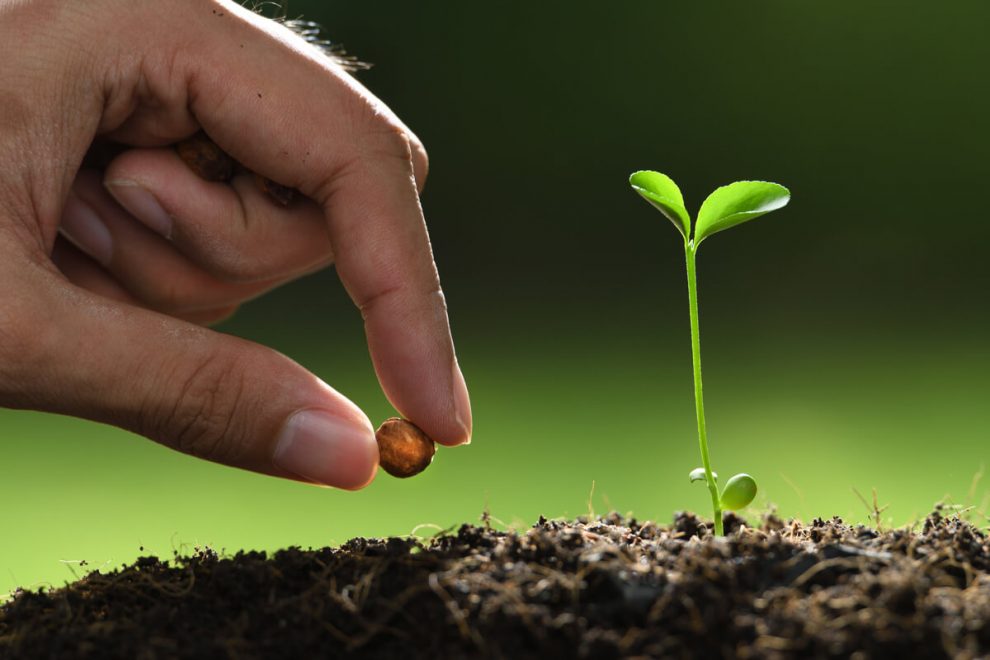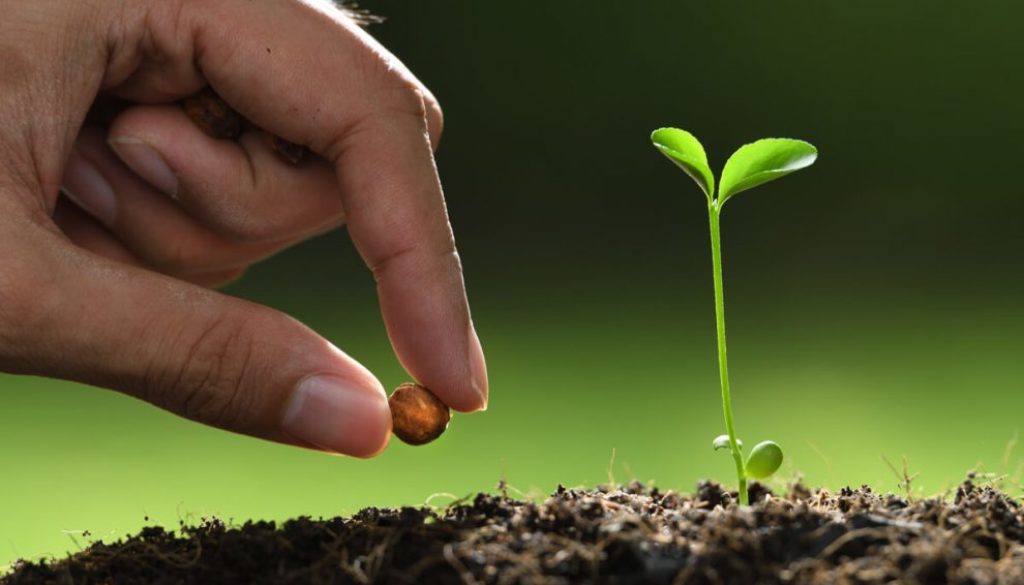Year 1 – Tuesday 28th April
Good Morning Year 1
Dear parents and children, 
We hope you are well and have been enjoying going outside in the sunny weather patches. We’re so impressed with all the fantastic activities you have shown us so far – keep up the great work!
We have been sending emails to you, so make sure you check your junk/spam inbox just in case.
If you’re looking for something extra to do today, check out this video about plants and how to grow them: BBC Bitesize Plants
Thank you for everything you are doing.
Year 1 Team
Topic
Science: How to plant a seed.
All plants start as a seed or bulb. They need certain things to grow so it is important think carefully when planting a seed. If you’ve not watched it already, watch this BBC Bitesize video about what plants need. Have a go at planting your own seeds. You can use some seeds from a packet or take some seeds out of fruit or vegetables you have in your house.
To help you plant your seeds, check out Miss Jamieson’s video on how to plant a seed here: How to Grow a Seed – Miss J
When you’ve watched her video, have a go at planting yourself. Make sure a grown-up is around to help you.
English
You might want to have completed the topic job before having a go at English today. Alternatively, you can check out Miss Jamieson’s video on how to plant a seed if you’ve not watched it already. Find it here: How to Grow a Seed – Miss J
Think about all the different steps you did to plant your seed or use Miss Jamieson’s video to see the steps she took.
What things did you need? See if you can write a list of things you used to plant the seed. ‘You will need:’
What happened first?
What order did each step happen?
Today we are going to write some instructions for how to plant a seed.
What are instructions? Can you tell someone at home what they are? Look at our instruction example below. What do you notice about the instructions? Use the word mat, template and slides provided to have a go at writing your own instructions.
Maths
Today we are looking at using repeated addition with arrays. If you would like to review our guide to Year 1 multiplication, you can find it here: Year 1 Multiplication Guide
Use these slides and talk through this concept with someone at home: Arrays and Repeated Addition
If you’d like to continue learning about arrays and repeated addition, have a go at this activity: Arrays and Repeated Addition Activity
There are some extension challenges here for those who would like them: Arrays and Repeated Addition Challenges
Helpful Reminders
We are still checking our emails regularly and have loved seeing what you are doing. Feel free to email us if you have a question or just want to say hello at: year1@stmarksce.org.uk
You can access our general resources to support your child at home here: Y1 General Resources
BBC Bitesize are providing daily lessons for children on their website. There is no expectation to do these but we may refer to some of their activities in our home learning. You may also find that they have something your child is interested in and would like to learn about. Find the link here: BBC Bitesize Daily Lessons
Please do not feel like you have to complete all of the activities provided in one day. We have given a variety so that there are options for you to choose what works best for you at home. The ‘Daily Time Fillers’ section includes some additional activities you could have a go at if you get time but we would not expect you to do more than one of these activities a day.
Read Write Inc are kindly doing live daily phonics sessions. They are at certain times depending on which sounds you would like to practise. We suggest either Set 2 or Set 3 sounds. Find the link here: RWI Phonics
You can still find books to read that are assigned by your class teacher on the scholastic website. Please email us if you have any questions about this.
Daily Time Fillers
As well as the learning tasks we upload each day, there are a few ‘extras’ that you could have a go at, if you get time.
- Read a book. This can be their school reading book, an e-book or a book from home.
- Alternatively, you make like to read an ebook from Oxford Owl or Collins Big Cat.
- Have stories read to them.
- Read or spell some key words.
- Read Write Inc speed sound videos (linked in helpful reminders)
- Practise naming the letters of the alphabet and sing the alphabet song (capital and lower case).
- Use phonicsplay or phonicsbloom. Phonicsplay has a new website! You’ll need to login with the username: march20 and password: home during this time. We have updated the link here: PhonicsPlay /Phonics Bloom link
- Practise counting from 0-100 (forwards and backwards) or in 2’s, 5’s and 10’s
- One more and one less than a number (pick from 0-50)
- Numbots (login is in the back of the reading log)
- Sing a number bonds song or use Hit the Button (number bonds to 10 or 20): Hit the Button link
- Spelling: Find our previous post with all 300 key words here: Key Words. Their spelling words this week are:
|
out |
what |
when |
that |
little |
people |
You can practise these in a variety of ways:
- Saying them aloud (you could put them into a song)
- Writing them down
- Painting them
- Put them into a sentence
Video Resources
[passster password=”StMarksYoutube*”]
The Highway Rat by Mrs Carter Mrs Armitage on Wheels by Jamieson The Gruffalo by Miss Jamieson How to Grow a Dinosaur by Mrs Carter Giraffes Can’t Dance by Miss Hall Barry the Fish with Fingers by Mrs Carter The Lion Inside by Miss Hall Tiddler by Miss Jamieson The Tiger Who Came to Tea by Miss Hall Mr Wolf’s Pancakes by Miss Jamieson The Itchy-Saurus by Miss Hall[/passster]
